rhody didn't bloom
1janetta0
17 years ago
Related Stories

GARDENING GUIDESTop 12 Summer-Blooming Perennials for Deer-Resistant Drama
Can you have garden color, fragrance and exciting foliage with hungry deer afoot? These beauties say yes
Full Story
DECORATING GUIDESModern Life Makes Room for Blooms
Vintage florals still look lush and lovely on upholstery, curtains, wallpaper and more
Full Story
NATIVE PLANTSGreat Native Plant: Grow Wild Quinine for Its Unique Clusters of Blooms
Get connoisseur cred and unique blooms with this uncommon plant. Bonus assets: It’s low maintenance and drought tolerant
Full Story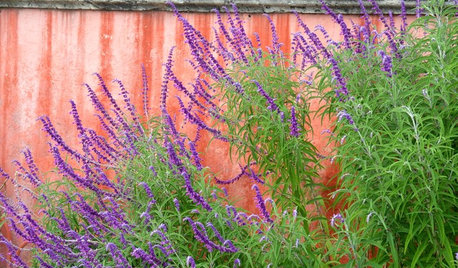
GARDENING GUIDES10 Plants for Colorful Fall Blooms in the Drought-Tolerant Garden
Want fall color but not a big water bill? Consider these not-too-thirsty fall bloomers
Full Story
HOUSEPLANTSHow to Force Amaryllis Bulbs Indoors
Enjoy vibrant red blossoms even as gardens turn snowy white, by teaching this hardy repeat performer to ignore the calendar
Full Story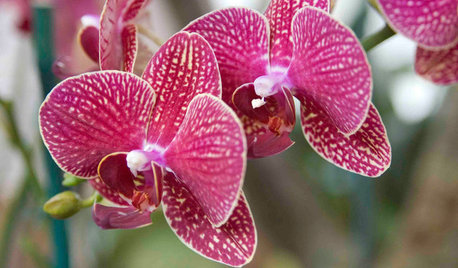
HOUSEPLANTSOrchids 101: How to Keep Your Moth Orchids Alive and Blooming
Growing Phalaenopsis — and getting it to flower again — is easier than you might think
Full Story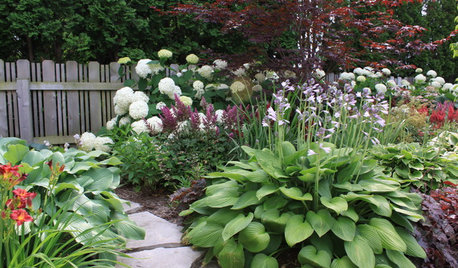
MOST POPULARSpring Gardens Are Blooming — Here’s What to Do in April
Get the guide you need for gardening in your U.S. region, with tasks, climate-appropriate plantings and more
Full Story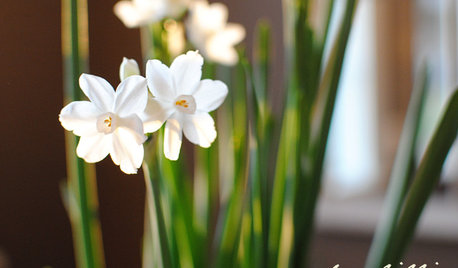
DECORATING GUIDESTreat Yourself to Spring Blooms in Winter
Get a jump on spring with a fragrant pot of paperwhites and other bulbs indoors
Full Story
GARDENING GUIDESGreat Design Plant: Try Blue Bells for Blooms in Dry Soil
This shrub’s violet-blue flowers and silvery foliage brighten low-water gardens all year long
Full Story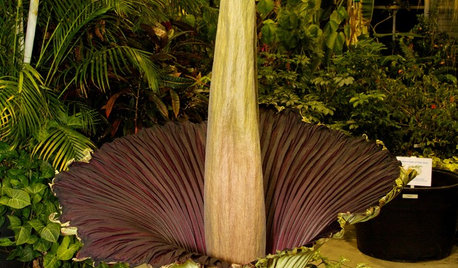
FUN HOUZZSmell This Shocking Flower at Your Own Risk
Don't say we didn't warn you: The foul scent of the rare and incredible corpse flower may knock your socks off
Full StorySponsored






rhodyman
Related Professionals
Londonderry Landscape Architects & Landscape Designers · Kyle Landscape Architects & Landscape Designers · Leawood Landscape Architects & Landscape Designers · Wilmington Landscape Contractors · Waterbury Landscape Contractors · Berwyn Landscape Contractors · Fort Atkinson Landscape Contractors · Fuquay-Varina Landscape Contractors · Monterey Landscape Contractors · Mount Sinai Landscape Contractors · Ocoee Landscape Contractors · Pueblo West Landscape Contractors · San Antonio Landscape Contractors · Tavares Landscape Contractors · Winchester Landscape Contractors